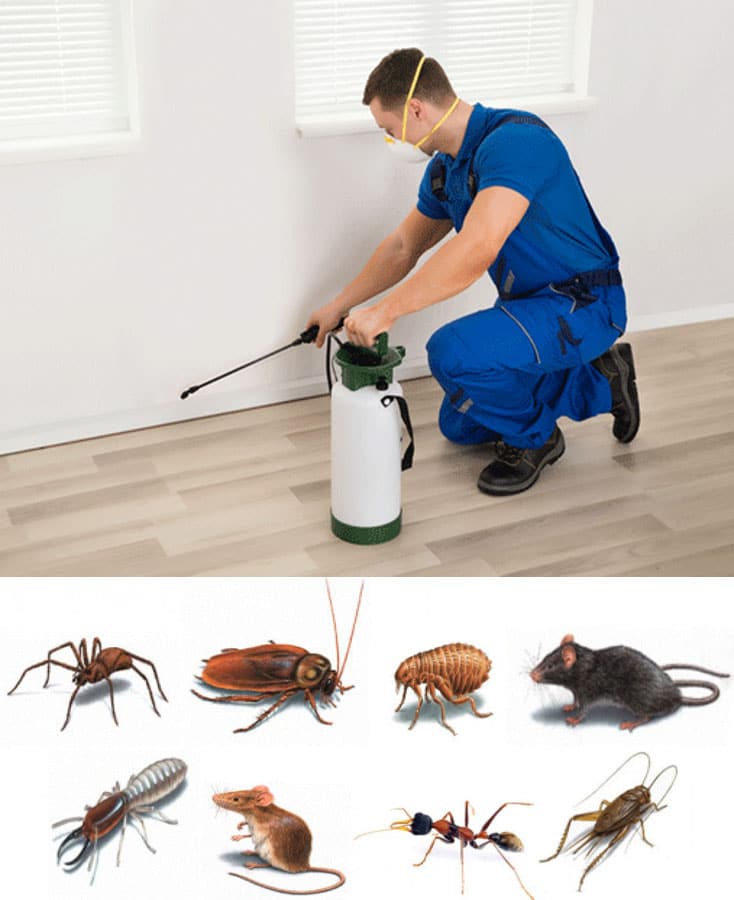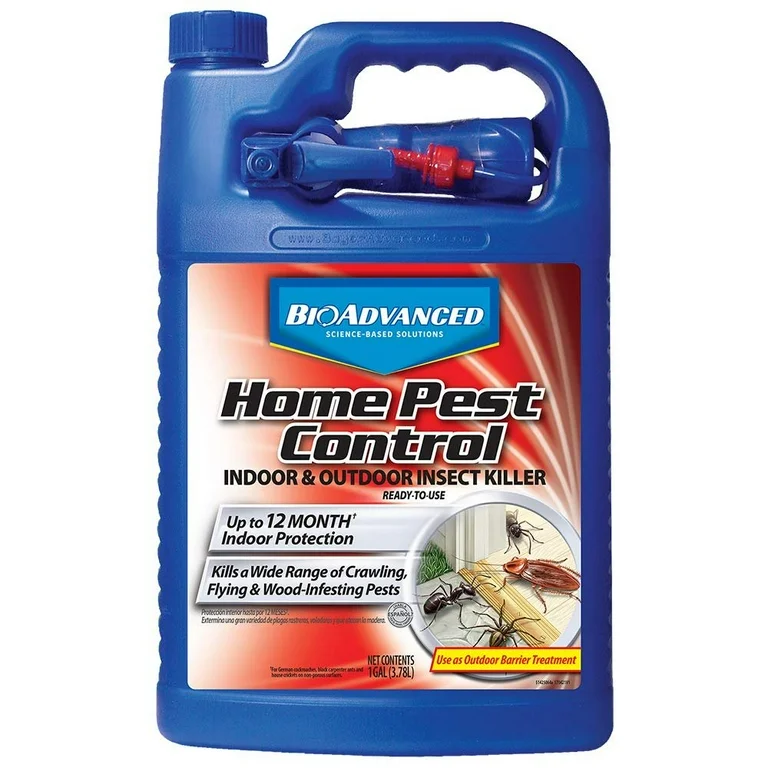Dependable A1 Bed Bug Exterminator Charlotte - Eliminate Bed Bugs Fast
Dependable A1 Bed Bug Exterminator Charlotte - Eliminate Bed Bugs Fast
Blog Article
Bed Bug Treatment Malfunction: Contrasting Chemical Vs. Non-Chemical Solutions
In the realm of insect control, particularly when taking care of the persistent problem of bed insects, the selection between chemical and non-chemical treatment options can be a pivotal one. Both techniques use distinctive benefits and drawbacks, affecting elements such as efficiency, safety and security factors to consider, and overall price. By taking a look at the nuanced information of each approach, a clearer understanding of which path to pursue in addressing a bed bug invasion can be obtained.
Performance of Chemical Treatments
Chemical treatments for bed bug invasions have actually been extensively recognized for their potent and rapid efficacy in removing these parasites. When considering the effectiveness of chemical treatments, it is vital to recognize that they can supply a fast and complete option to a bed bug problem. Expert pest control experts typically count on pesticides to target bed pests at numerous phases of their life cycle, consisting of eggs, nymphs, and adults. These chemicals usually work by disrupting the bed bugs' worried system, bring about paralysis and ultimate fatality.
Additionally, chemical treatments have the benefit of using residual results, meaning that they can remain to get rid of bed insects also after the preliminary application. This recurring action is especially valuable in combating any prospective re-infestations. In addition, the quick activity of chemical treatments can bring alleviation to individuals facing severe bed insect infestations, permitting them to regain control of their home rapidly.
Safety And Security Interest In Chemical Solutions
When making use of chemical remedies for bed pest therapy is making certain the safety and security of owners and the setting,One crucial element that needs cautious consideration. While chemical treatments can be reliable in getting rid of bed pests, they may present dangers otherwise handled appropriately. One of the main safety and security worries with chemical solutions is the potential damage they can create to human wellness. Direct exposure to particular chemicals used in bed bug treatments can bring about respiratory problems, skin irritation, or various other unfavorable reactions, specifically in people with pre-existing conditions or level of sensitivities. Additionally, incorrect application or dose of chemical pesticides can result in toxic deposits remaining in the cured area, posing long-term health risks to occupants.
Moreover, the ecological impact of chemical remedies is an additional substantial factor to consider. Some chemicals used in bed bug therapies may be damaging to valuable insects, wild animals, and ecological communities if they leach right into the dirt or water supply. It is important to use chemical therapies judiciously, following safety and security guidelines, and considering less poisonous options to minimize these risks and make certain the effective and go to website safe monitoring of bed pest invasions.
Benefits of Non-Chemical Methods
Taking into consideration the potential safety and security problems and environmental impact linked with chemical options for bed pest treatment, discovering non-chemical methods provides an appealing choice with several distinct benefits. Non-chemical methods offer a more secure choice for families, particularly those with individuals, family pets, or youngsters conscious extreme chemicals. These techniques eliminate the dangers of exposure to poisonous compounds, minimizing the potential for adverse health and wellness impacts. Additionally, non-chemical therapies are eco-friendly, as they do not add to air or water contamination, making them a sustainable option for bug control.
In addition, non-chemical services can be efficient in targeting bed bugs, including hard-to-reach areas where chemical treatments may not penetrate. Approaches such as warm therapy, vacuuming, steam cleansing, and bed mattress encasements supply comprehensive obliteration without making use of dangerous chemicals. Additionally, non-chemical techniques can be less disruptive, needing minimal prep work and permitting for quicker reentry into treated areas. In general, going with non-chemical bed pest therapy methods not only prioritizes safety and environmental protection yet also makes sure thorough and effective bug control.
Limitations of Non-Chemical Treatments

Furthermore, non-chemical therapies typically call for several applications to achieve successful removal. This can be time-consuming and may not constantly ensure total removal of all bed bugs and their eggs, specifically in hard-to-reach or covert areas.
In addition, the success of non-chemical treatments greatly depends on correct implementation and thoroughness, which can be challenging for individuals without specialist competence. Poor application of non-chemical methods might cause incomplete eradication, bring about consistent problems and the demand for additional therapies.
Therefore, while non-chemical therapies have their advantages, it is important to recognize these limitations and consider check these guys out them when establishing the most effective technique for managing bed insect invasions.
Price Contrast: Chemical Vs. Non-Chemical Options
Offered the constraints linked with non-chemical therapies, a necessary element to assess in the context of bed pest monitoring is the expense comparison between chemical and non-chemical choices. In contrast, non-chemical treatments like heat treatment or vapor can be extra costly, with prices varying from $1,000 to $6,000 for an entire home. find more information While the initial cost of chemical therapies may appear lower, multiple therapies might be called for to fully eliminate the problem, possibly boosting the overall expense.
Conclusion

Taking into consideration the potential security concerns and environmental effect associated with chemical options for bed pest therapy, checking out non-chemical approaches provides a promising option with numerous distinct benefits.Provided the constraints connected with non-chemical treatments, an important facet to evaluate in the context of bed pest monitoring is the expense contrast between chemical and non-chemical choices. In contrast, non-chemical therapies like heat therapy or steam can be a lot more costly, with prices ranging from $1,000 to $6,000 for a whole home. While the first price of chemical treatments may seem reduced, numerous treatments might be required to totally eliminate the infestation, possibly raising the overall expense.In verdict, when comparing chemical and non-chemical bed insect treatment choices, it is necessary to take into consideration efficiency, safety and security, advantages, restrictions, and cost.
Report this page